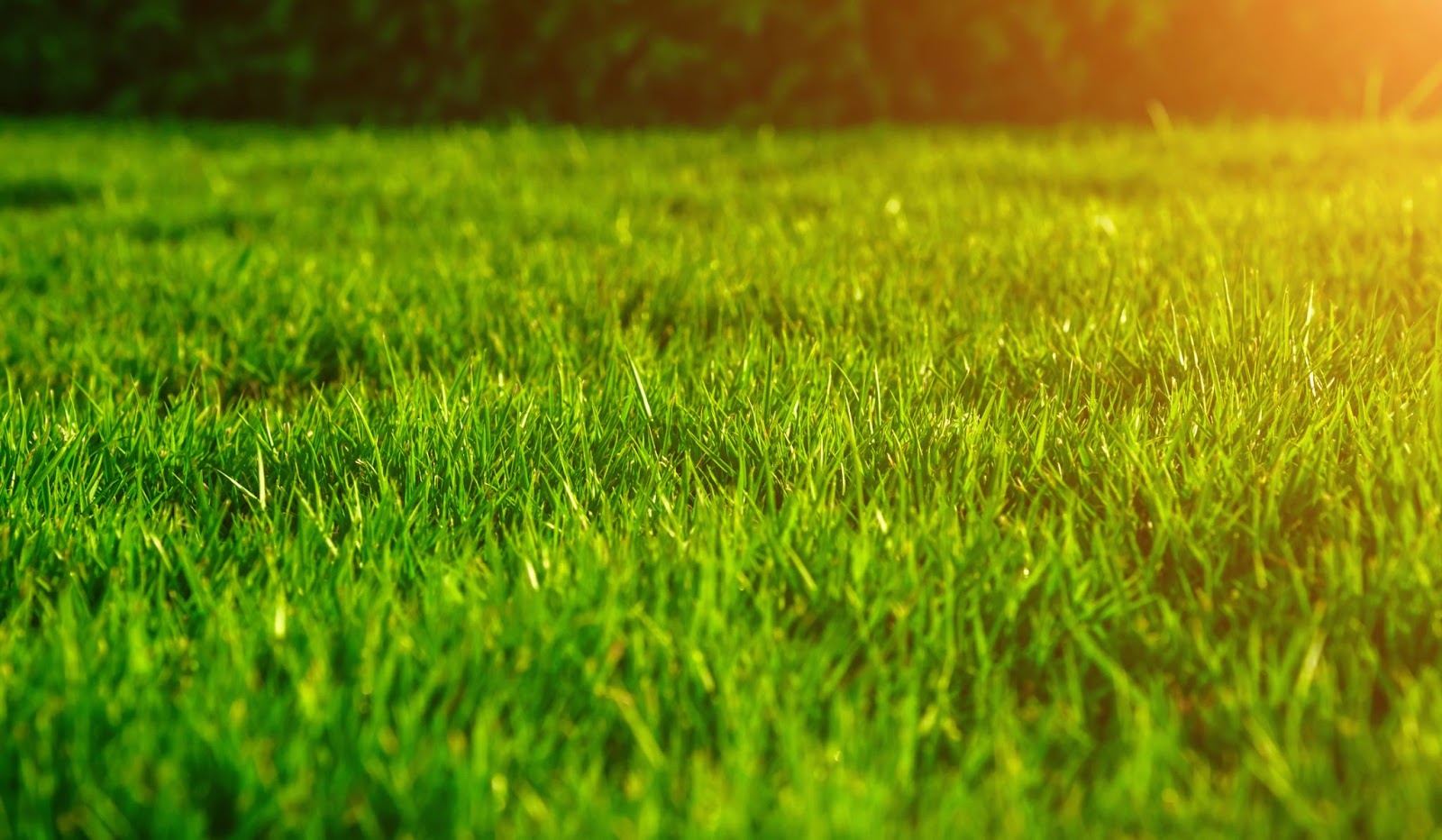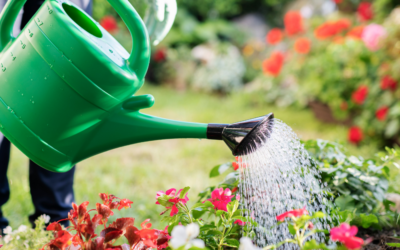At The Lawn Shed, we are lawn lovers. We believe that the garden forms the frame, but the lawn is the masterpiece within. Do you know what frame is on the Mona Lisa? Of course not. It’s where those family cricket games and classic catches are taken. So, it’s fair to say we are keen to ensure this work of art is maintained in picture perfect condition.
While lawns can draw nutrients from the soil, it’s important to assess the fertiliser requirement for your lawn to maintain a high-quality lawn.
How Often Should You Fertilise Lawns?
While there is a lot of advice on how often you should fertilise, the truth is, nearly every lawn is different. Climate and grass type certainly play a factor, but the biggest factor is soil. If you think of the soil like a bank account, the lawn takes withdrawals of nutrients to continue to grow. Depending on time of year, stress etc., these withdrawals change in size. A great soil is just a bigger bank account, so it can withstand more withdrawals. So we believe in building bigger “bank accounts”.
Now, we all have different lawn “goals”. Some of us have to have the greenest lawn in the street (I know I do). Others have a very active family who play sport on it, causing wear and tear. Others are just happy for it to be weed-free.
So, in short, when you want a greener or denser lawn, then you should fertilise.
When to Fertilise Your Lawn?
Fertilising at different times of the year can have different effects, primarily because the soil temperature is different, so the plant is doing different things.
As the soil warms up, spring is the most common time for fertilising. Applying lawn fertiliser at this time is a great way to get your warm-season lawn, like Buffalo, Couch and Kikuyu, to grow sideways. At this time, the plant’s focus is on new growth, spreading to increase its size. So tease up those bare patches, fertilise your lawn and keep the water up to watch them spread and fill any unwanted gaps.
Summer is often the forgotten period of lawn fertilising. Why would you want to increase growth when you are mowing so frequently? Well, of course you don’t. But it’s important that the grass isn’t missing any of the key elements required as it’s under quite a bit of heat stress. Generally, at this time of year, it yellow offs slightly due to an insufficient supply of chlorophyll (remember that guy from year seven science?). Lawn fertilisers containing zinc and Iron are brilliant at this time of year, as they are key builders of chlorophyll. An application of Lawnganics Brilliance during this period can help maximise colour without significantly increasing growth. If you are experiencing lots of growth and need some help with mowing, check out our blog on growth regulators.
Autumn is another key opportunity for lawn fertilising. Worn down from a season of mowing, we often think the last thing we should do is apply more lawn fertiliser. To not fertilise would be to miss one of the best opportunities to improve our lawns. Lawn fertilising in Autumn increases the lawn’s health in 2 ways. Firstly, it improves the colour and growth of the lawn. This is key in forcing it to continue growing for longer, allowing it to enter winter in a denser state, a key component of preventing those winter weeds. Secondly, as the plant starts to cool, it starts to store these nutritional elements in some of its growing parts (stolons and rhizomes). This allows it to respond better as soil temperatures warm up in Spring. So an Autumn lawn fertiliser can help prevent weeds, improve colour and help towards spring.
Why Fertilise the Lawn?
Besides making your neighbours’ heads turn as they drive past? Well, as mentioned, the other key reason is to recover from normal wear and tear, like those cricket matches where you scored the winning run. Replacing those withdrawals from your “soil bank account”, as soil nutrients are both used by the lawn for growth and leached (moved away by water) over time; these nutrients need replenishment for better-continued growth. If you fertilise your lawn before it goes to yellow or bare, you can save costs, only needing to maintain it thereafter. A lawn fertiliser like LawnPlay All Rounder can continue to feed your lawn for months, because of its unique slow-release formulation this lawn fertiliser gives great colour and controlled growth, avoiding a surge of growth that requires a lot more mowing.
What Time of Day Should I Fertilise My Lawn?
Well, it actually depends on the type of lawn fertiliser you are using.
Liquid lawn fertilisers are easiest to apply first thing in the morning. Using the dew to see where you have sprayed is a great trick to ensure even application. If the day does hit over 35 degrees, a light quick water of the leaf just before the hottest part of the day can prevent any damage.
For granular lawn fertilisers, it’s better to hold off a bit; that is, not first thing in the morning. As granules are applied at higher concentrations, they have a higher “burn potential”. Before applying, simply run your hand over the lawn to see if grass comes up or your hand is wet. With a damp lawn, the granule lawn fertiliser can start to break down immediately. Without quick watering to move this nutrition into the soil, this could end up burning the lawn. So wait till it’s dry, and then watering in doesn’t need to be a rushed process, allowing you to do it accurately.
Frequently Asked Questions
How Much Nitrogen Do I Need?
Nitrogen is the major building block for your lawn. The big difference we see between good and bad lawns is the amount of nitrogen applied. It is generally recommended to apply between 1.5kg-2.5kg per 100m2 of actual nitrogen per year. If you’re getting up towards the top of this range (or don’t understand how to calculate this), then it’s worth talking to the Lawn Genius or getting a soil test to determine why you are applying so much product to achieve the desired results.
Should I Use Slow-Release Lawn Fertiliser?
Yes. Slow-release lawn fertilisers are wonderful for maintaining your lawn because they keep the nutrient levels balanced for longer. This means less frequent applications and protects your lawn against a surge of growth which results in extra mowing and potential scalping.
Should I Use Wetting Agents?
Yes. In Australia we do Summer right, temperatures skyrocket, and while this may be great for hanging at the beach or pool, the heat can do quite a bit of damage to your lawn. Having a lawn fertiliser that contains wetting agents such as LawnPlay Renovate is a good idea, and from September, you should also begin using wetting agents such as AquaTurf on a monthly basis.
Why Are Wetting Agents So Important to Lawn Fertiliser?
Water moves through the lawn in the path of least resistance. In a typical lawn, you have areas that are soft/hard, dry/wet or even hydrophobic (repels water). Nutrition applied to the soil is taken up by the roots, through the water in the soil. If the water isn’t even, then the fertiliser won’t be either. That’s why we recommend LawnPlay Renovate lawn fertiliser for lawns that need some extra soil help because it’s all included.
Should I Use Organic or Inorganic Lawn Fertiliser?
They both have their benefits. Inorganic lawn fertilisers provide nutrients that can be quickly converted to a form that can be taken up by the plant. So, it’s quick results, and who doesn’t love to see results?
Organic lawn fertilisers are our favourite (we are soil scientists so we have a bias). We believe in building the soil and organic fertilisers help create the building blocks for great soils. Great soils create great lawns.
Many of our products are a mix of both, giving those quick results we all love while also building your soil.
Conclusion
You’re the best judge of when to fertilise your lawn. After all, we all have different lawn “goals” and soils. Organic lawn fertilisers are the best at building your soil and lawn health but they do take a little longer to see the results.
For more advice, follow along with our socials. The Lawn Genius is not camera shy so takes every opportunity to talk lawn on LawnFlix. Still need help? He’s available at [email protected]




